Journey with us through the hidden corners of the world, where streets come alive with the pulse of ancient drums, and the air is thick with the scents of traditional feasts. These lesser-known festivals are where true cultural treasures lie, offering a peek into the soul of diverse communities. They tell stories of joy, tradition, and heritage that have rippled through time, connecting generations. Discover these celebrations, and you’ll find more than just a party; you’ll uncover a world of vibrant histories and heartfelt connections that continue to shape our global family.
Obon Festival, Japan
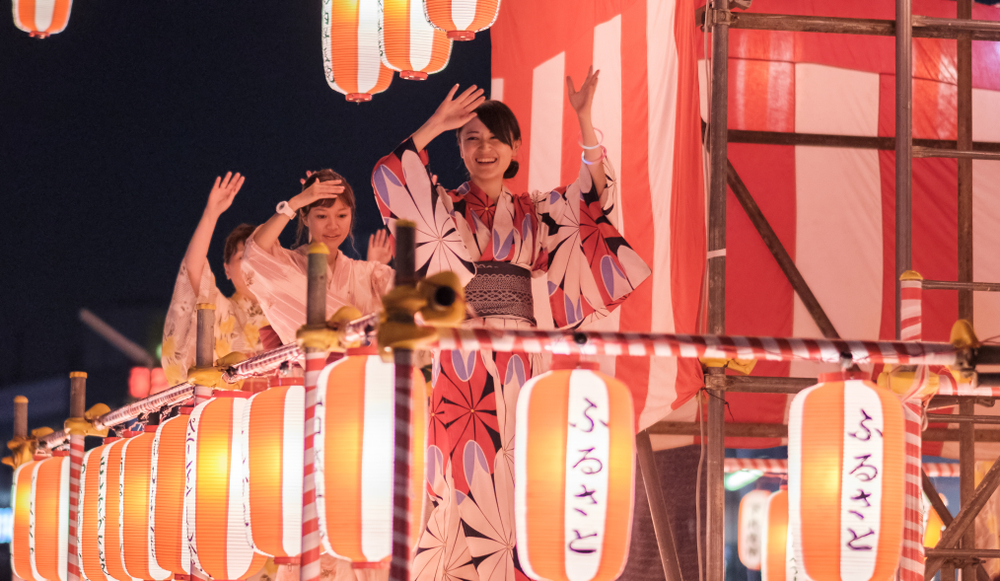
The Obon Festival is a Buddhist event commemorating one’s ancestors. It is believed that during Obon, ancestral spirits return to their homes. Families clean graves, offer food and flowers, and light lanterns to guide spirits. The festival’s dances (Bon Odori) and their culmination in floating lanterns (Toro Nagashi) symbolize the spiritual reunion and respect for the past, reflecting Japan’s deep-rooted ancestral veneration and community bonds.
Cascamorras, Spain
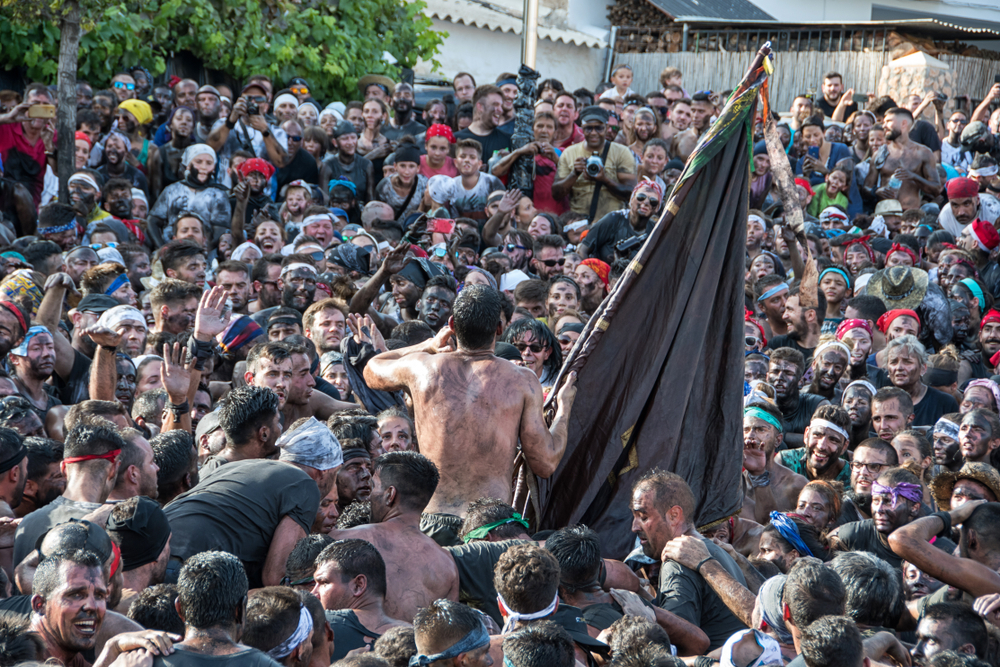
Cascamorras is a festival in Baza and Guadix where participants reenact a historical dispute over a statue of the Virgin Mary. The event involves a colorful, messy race where ‘Cascamorras,’ a designated individual, attempts to reach the statue clean. The playful mud and paint battles during the festival reflect the local communities’ historical rivalry and camaraderie, showcasing the importance of tradition and collective identity in Spanish culture.
Carnevale, Italy
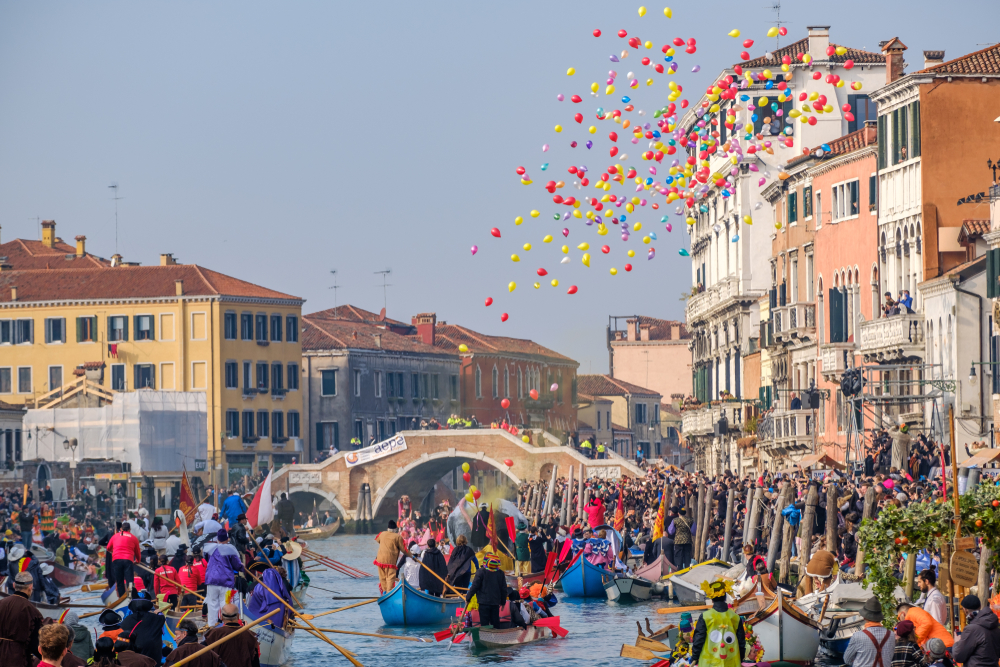
Carnevale celebrated across Italy but most famously in Venice, is known for its elaborate masks and costumes. This pre-Lenten festival, rooted in Renaissance history, showcases Italy’s love for art, history, and tradition. The masks symbolize the blurring of social lines and freedom of expression, embodying the Italian values of beauty, festivity, and a deep-seated historical culture.
Harbin Ice Festival, China
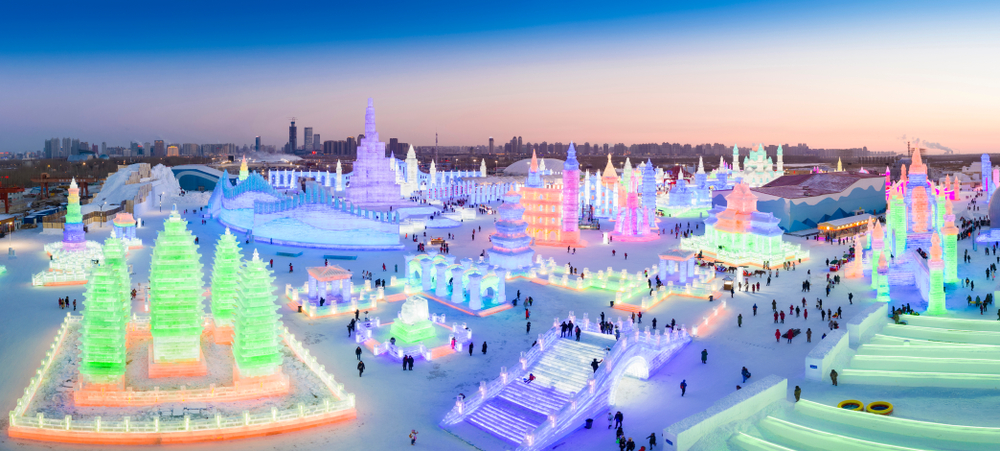
The Harbin Ice Festival features stunning ice sculptures and buildings from frozen blocks of the Songhua River. This winter festival highlights Chinese craftsmanship and artistic excellence. The elaborate ice structures, illuminated in vibrant colors, showcase the resilience and creativity of the people in facing harsh winters, reflecting China’s appreciation of beauty, innovation, and communal celebration.
Day of the Dead, Mexico
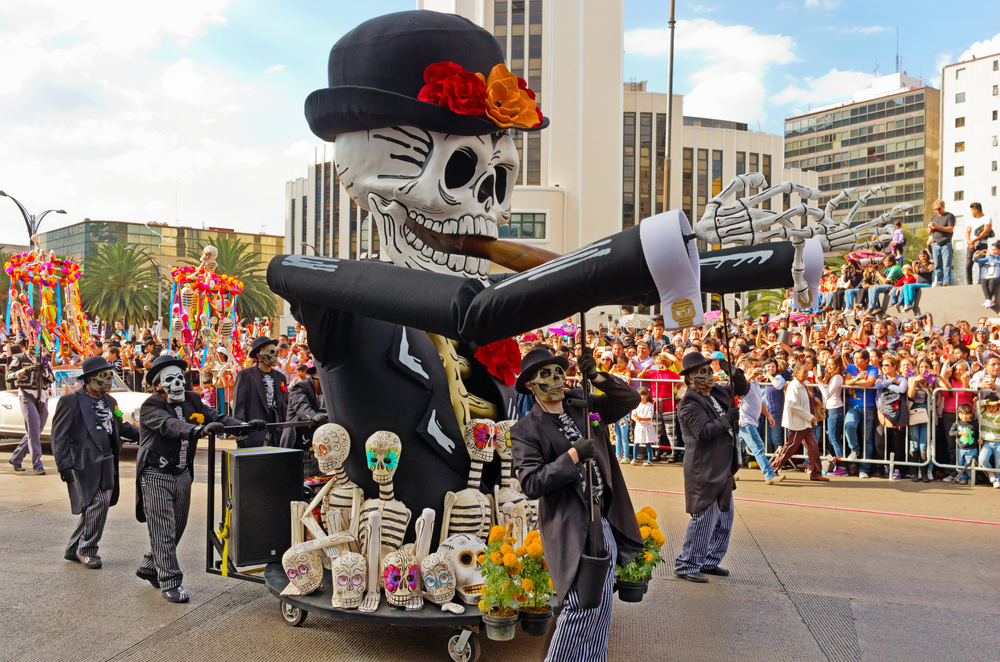
Dia de los Muertos (Day of the Dead) is a celebration to honor deceased loved ones, where families create altars with offerings, photos, and marigolds. This vibrant festival merges Indigenous beliefs and Catholic traditions, reflecting Mexico’s syncretic culture. The emphasis on remembrance and celebration of life underscores the Mexican view of death as a part of life’s continuum, highlighting deep family ties and cultural heritage.
Pushkar Camel Fair, India
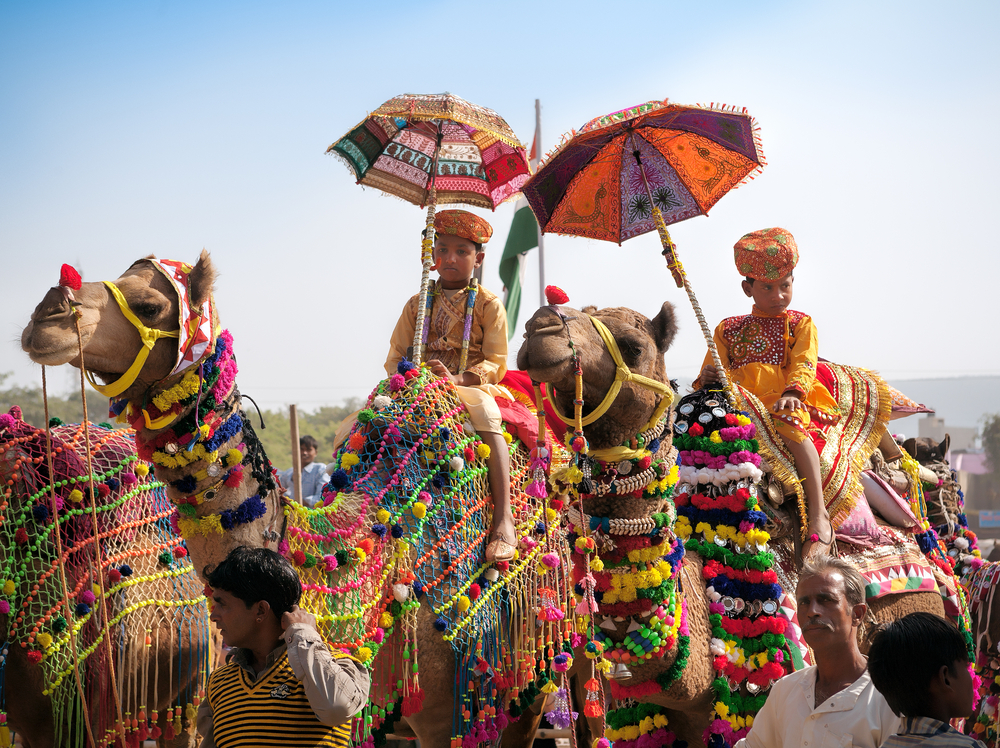
The Pushkar Camel Fair is a vibrant livestock fair and cultural festival in Rajasthan. It features camel trading, races, and cultural performances, symbolizing the economic and social significance of camels in desert life. This fair not only supports local economy but also preserves traditional music, dance, and crafts, representing India’s rich cultural tapestry and the importance of community in rural life.
Songkran, Thailand
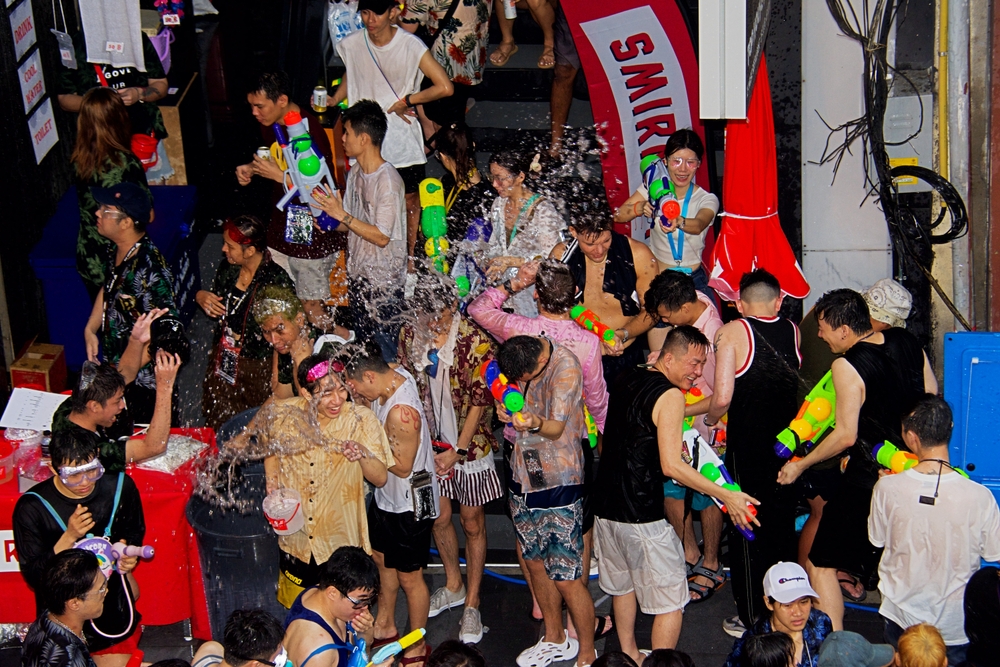
Songkran is the Thai New Year festival, famous for its water fights, symbolizing purification and the washing away of sins and bad luck. The festival also includes paying respect to elders and Buddha images. Songkran embodies Thai values of respect, community, and joy, highlighting the blend of fun and tradition in Thai culture.
Fête de la Musique, France
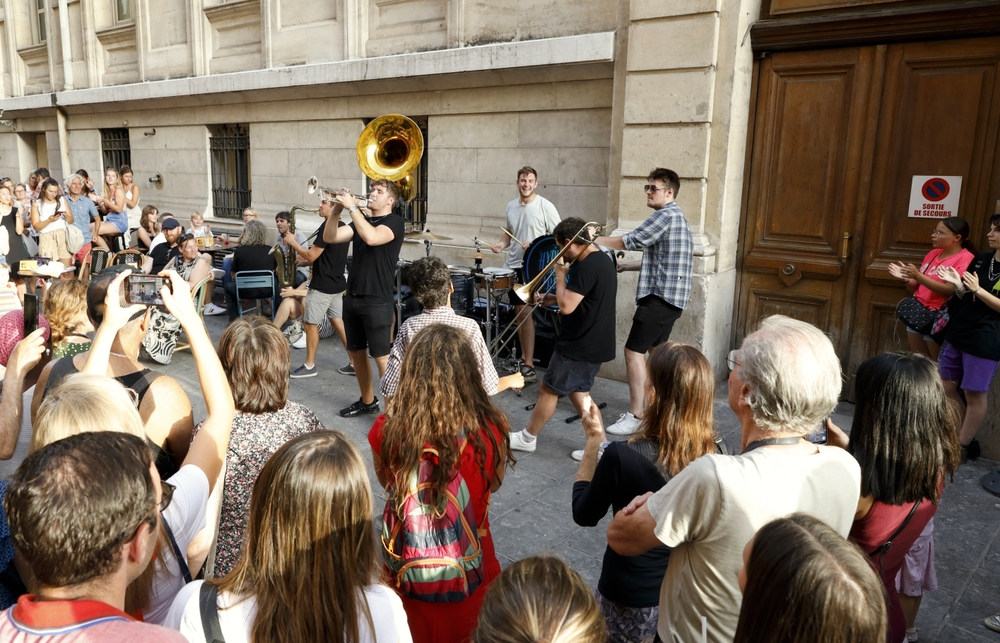
Celebrated on the summer solstice, Fête de la Musique is a nationwide music festival where anyone can perform in public spaces. This event reflects the French value of cultural democracy and accessibility to art, encouraging participation and appreciation of music in various forms, and showcasing France’s dedication to cultural expression and community involvement.
Boryeong Mud Festival, South Korea
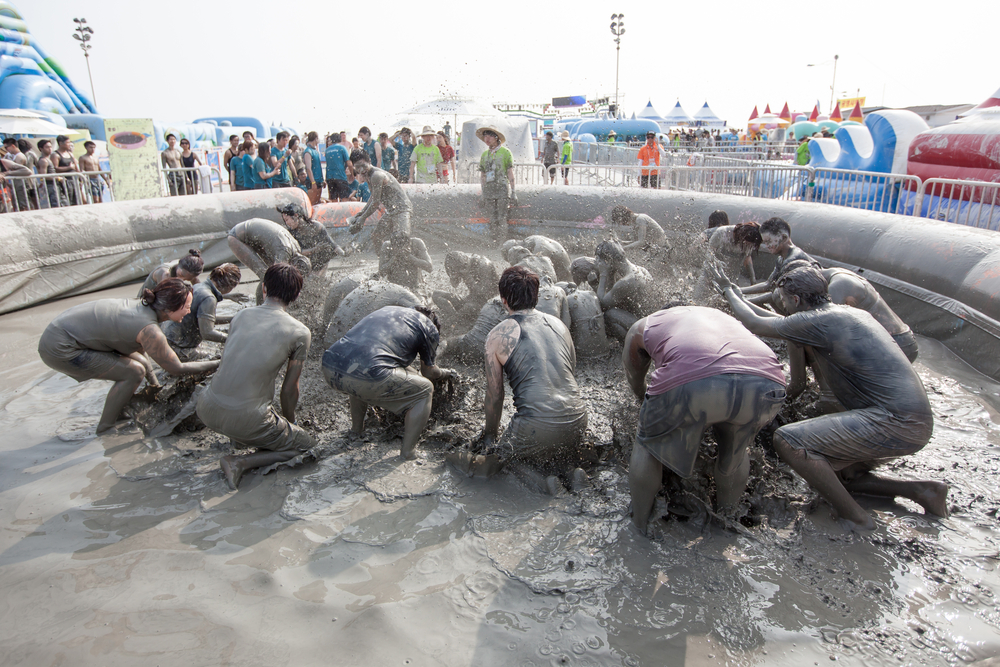
Originating as a marketing event for Boryeong Mud Cosmetics, this festival has grown into a large-scale celebration where participants enjoy mud baths, mud wrestling, and other activities. The festival not only promotes local industry but also embodies South Korean innovation and communal joy, reflecting the nation’s ability to blend business with pleasure and tradition with modernity.
Al Dhafra Camel Festival, UAE
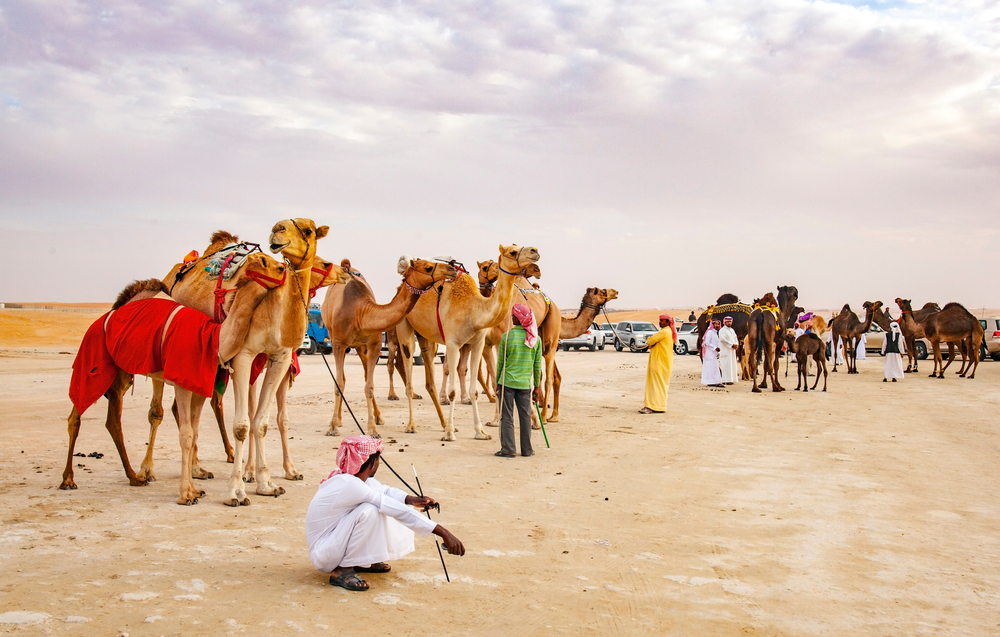
In the UAE, the Al Dhafra Camel Festival celebrates Bedouin culture, with camel beauty contests, races, and traditional Emirati crafts. This event not only sustains economic traditions like camel trading but also honors the cultural significance of camels in desert life, epitomizing the UAE’s respect for heritage and adaptation of traditions in a modern context.
Cheung Chau Bun Festival, Hong Kong
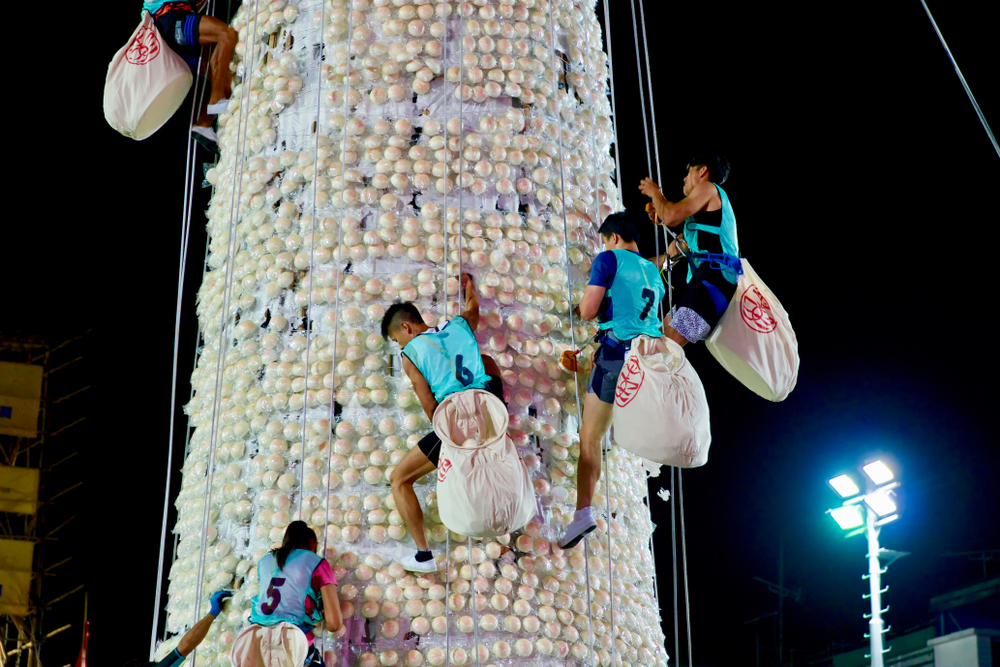
Held in Cheung Chau, this festival is famous for its ‘Bun Mountain,’ where competitors climb towers covered in buns. Originally a ritual to prevent or cure the plague, it now combines traditional Chinese beliefs with community festivities, highlighting the blend of history, religion, and local identity in Hong Kong’s vibrant culture.
La Tomatina, Spain
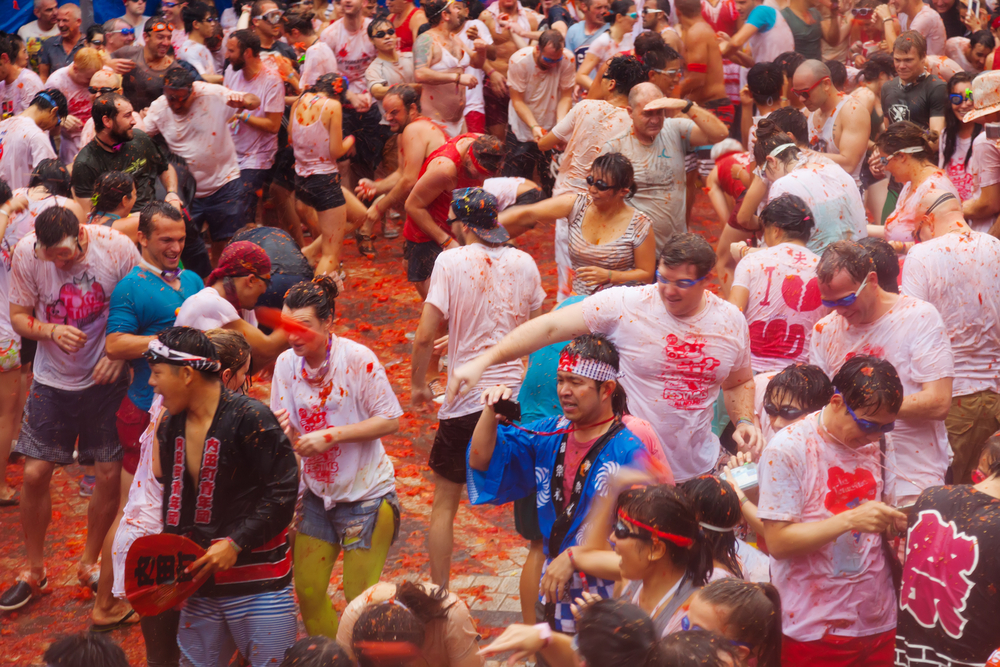
La Tomatina is a tomato-throwing festival held in Buñol, where participants hurl tomatoes at each other. This event, beyond its playful chaos, reflects the Spanish zest for life and community gatherings. It is a celebration that turns an ordinary fruit into a symbol of collective joy and unity, showcasing Spain’s love for lively, communal festivities.
Gion Matsuri, Japan
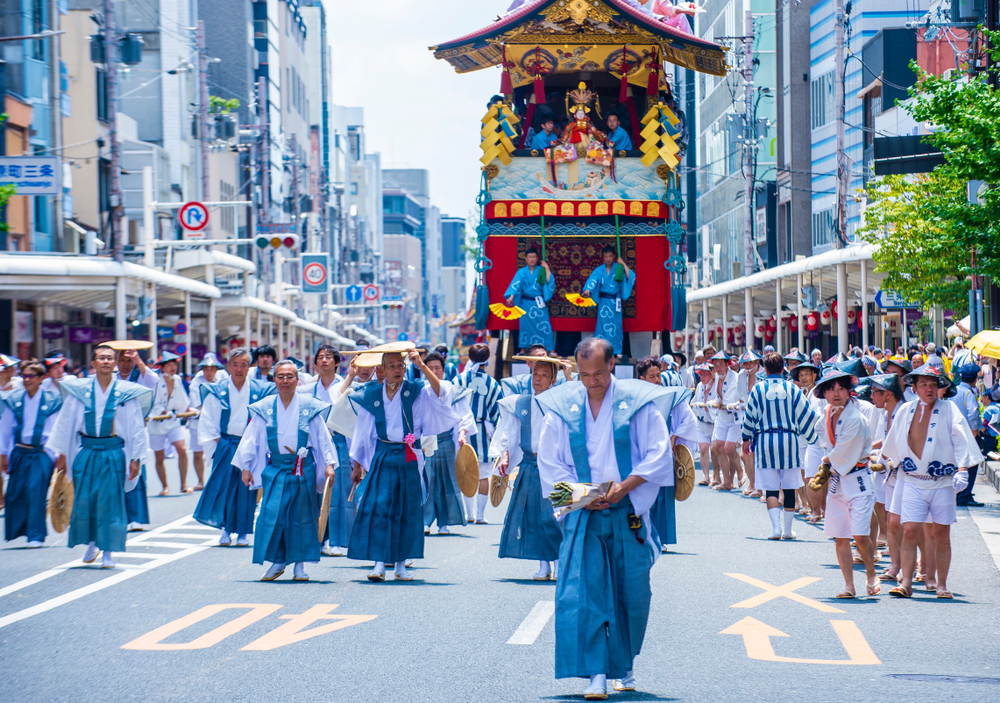
Gion Matsuri in Kyoto is one of Japan’s most famous festivals, featuring elaborate floats and traditional music. It originated as a purification ritual to appease gods and prevent disasters. Today, it reflects Kyoto’s history and craftsmanship, embodying Japanese values of respect for tradition, community involvement, and aesthetic precision.
Kumbh Mela, India
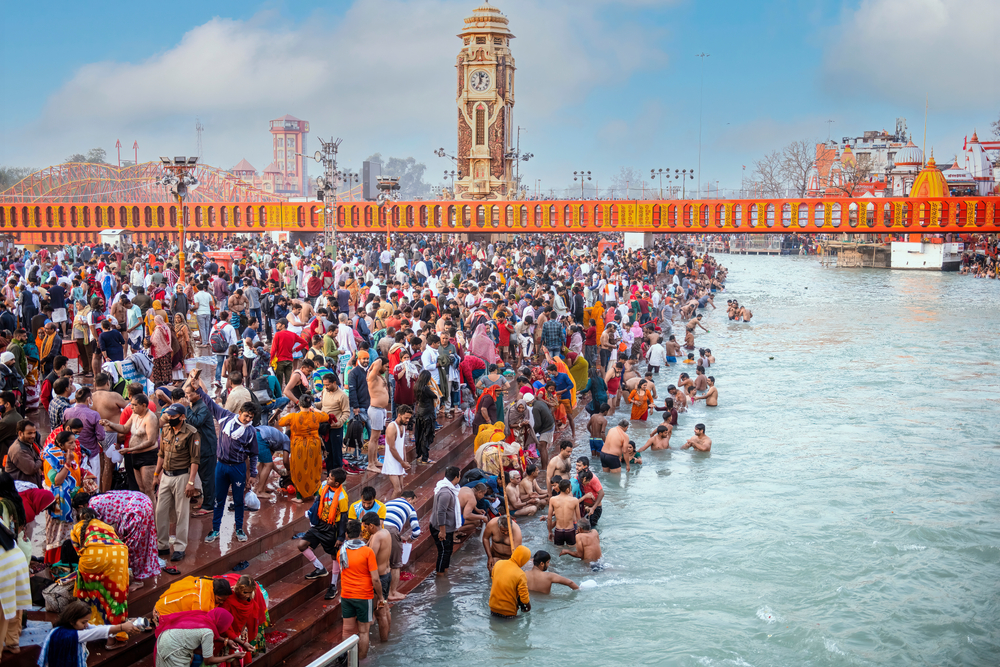
The Kumbh Mela is a massive Hindu pilgrimage and the world’s largest religious gathering, where millions bathe in sacred rivers. It is a spiritual event that embodies the Hindu beliefs in purification and renewal. This festival showcases India’s deep spiritual heritage and the importance of faith and tradition in Indian society.
Oktoberfest, Germany
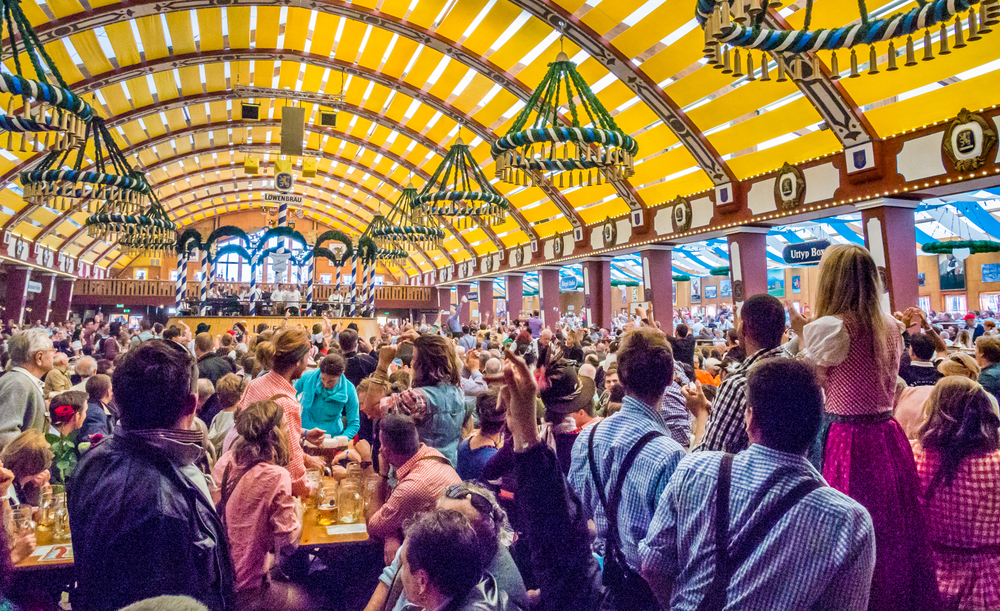
Oktoberfest in Munich is renowned for its large-scale celebration of Bavarian beer, culture, and traditions. Originally a royal wedding celebration, it has become a global symbol of German hospitality, communal feasting, and cultural pride, illustrating the importance of festivity and tradition in German life.
Mardi Gras, USA
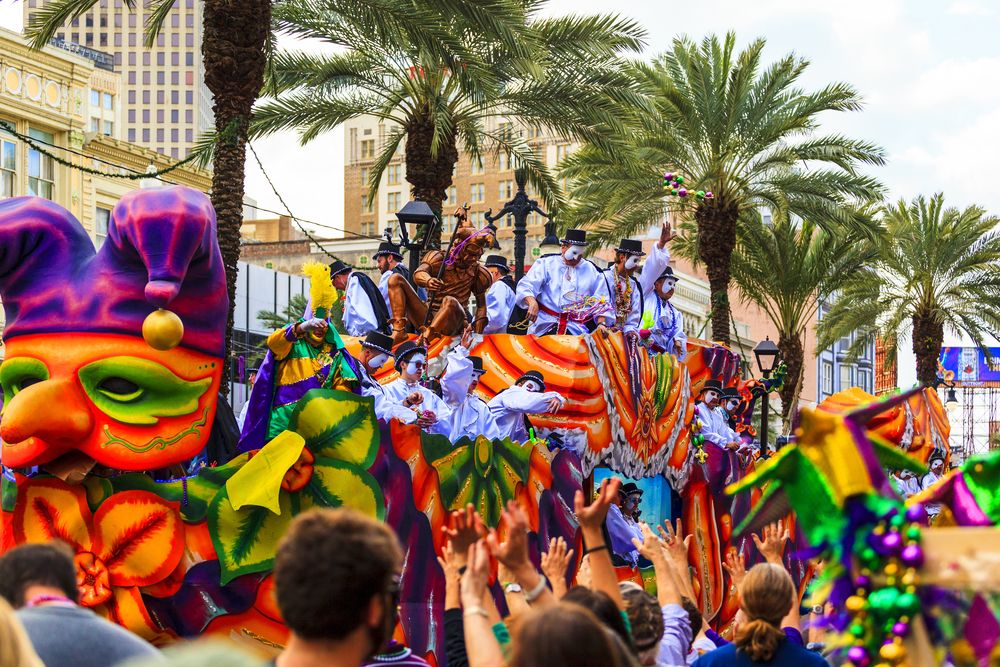
Celebrated primarily in New Orleans, Mardi Gras is famous for its parades, masks, and beads. This festival, rooted in French Catholic traditions, has evolved into a vibrant expression of Louisiana’s cultural diversity, combining African, French, Spanish, and Native American influences, highlighting the eclectic and celebratory spirit of the local community.
Edinburgh Festival Fringe, Scotland
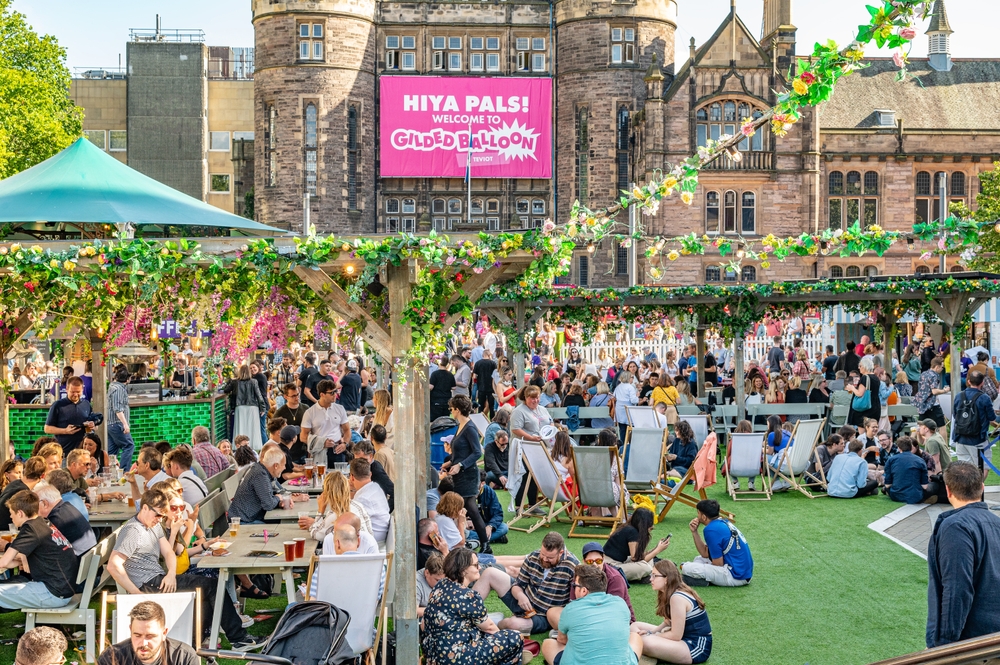
The world’s largest arts festival, the Edinburgh Festival Fringe, allows artists to perform and showcase their work in an open, unjuried environment. This festival embodies Scotland’s commitment to cultural expression and artistic freedom, offering a platform for creativity and innovation, and reflecting the inclusive and democratic nature of Scottish society.
Inti Raymi, Peru
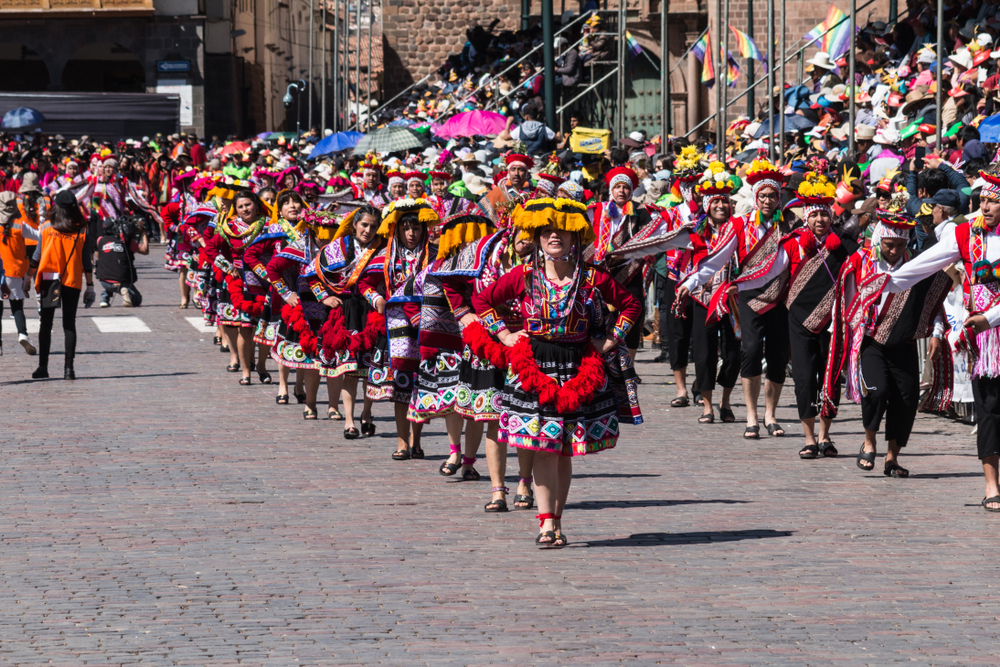
Inti Raymi, the Festival of the Sun, is an Incan ceremony in Cusco, celebrating the winter solstice and honoring the Sun God. This ancient ritual, revived in the 20th century, connects modern Peruvians with their Incan ancestry, highlighting the enduring significance of indigenous culture and solar worship in Andean society.
Yi Peng and Loy Krathong, Thailand
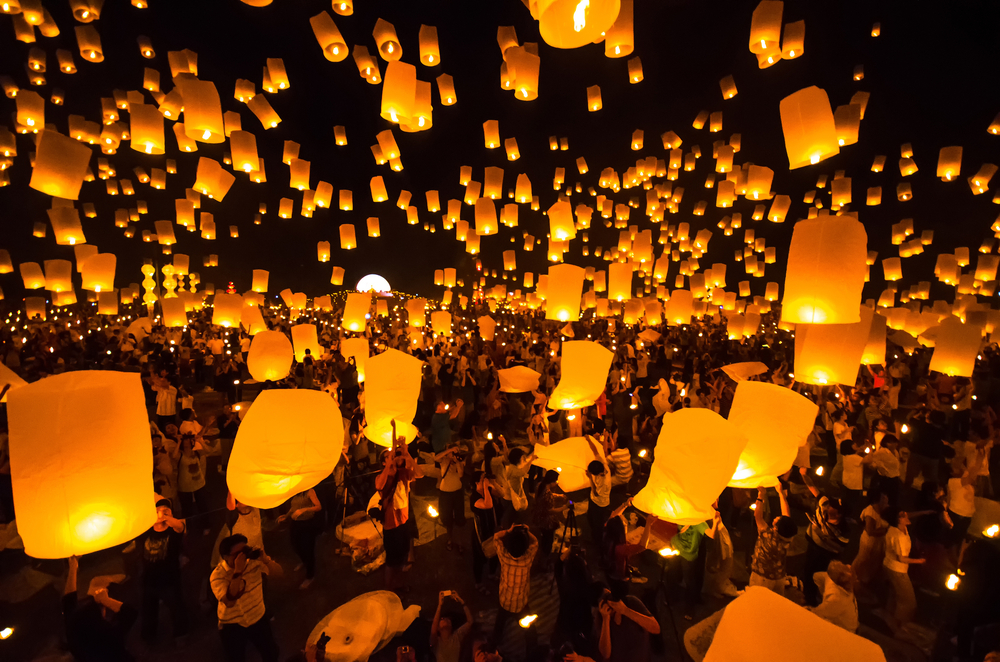
Celebrated in northern Thailand, Yi Peng involves releasing lanterns into the sky, while Loy Krathong involves floating decorated baskets on water. These festivals symbolize letting go of misfortunes and making wishes for the future, reflecting Thai culture’s emphasis on spirituality, beauty, and community.
Timkat, Ethiopia
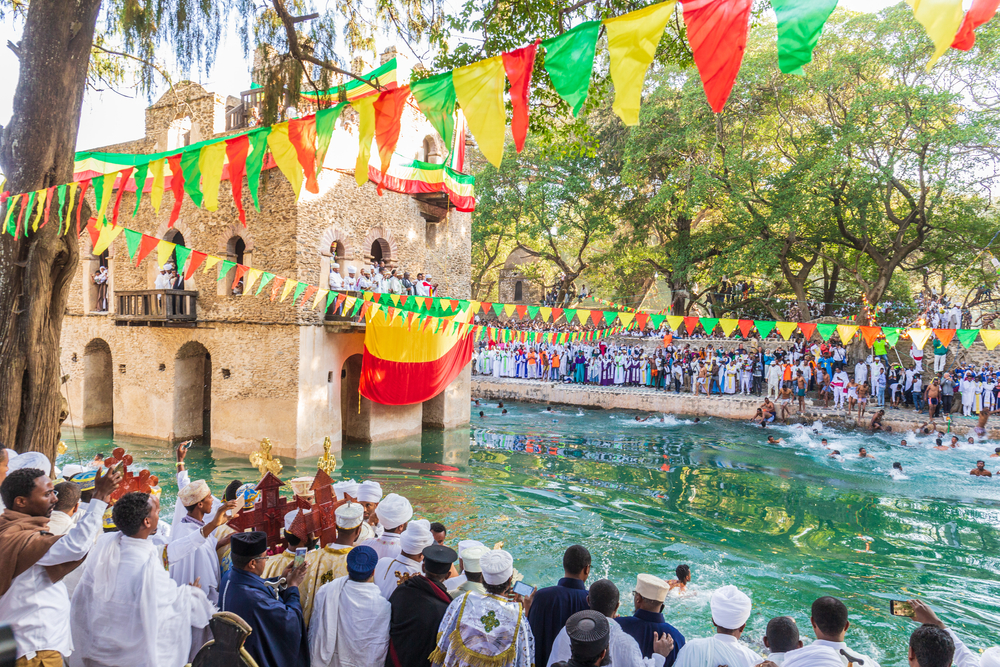
Timkat celebrates the Epiphany in the Ethiopian Orthodox Church, with processions, music, and the ceremonial blessing of water. This festival showcases Ethiopia’s religious devotion and cultural richness, symbolizing renewal and purity, and highlighting the country’s deep historical roots and communal spirit.
Holi, India
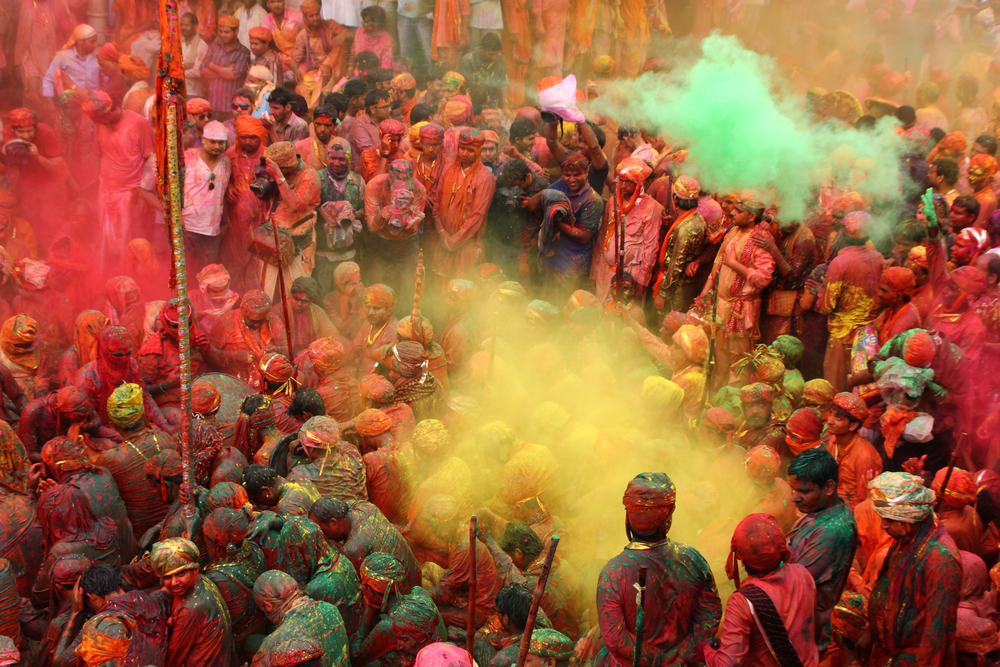
Known as the Festival of Colors, Holi celebrates the arrival of spring and the victory of good over evil. Participants throw colored powders, symbolizing joy, forgiveness, and renewal. This festival, deeply rooted in Hindu mythology, reflects the vibrancy, playfulness, and unity of Indian culture.
Rio Carnival, Brazil
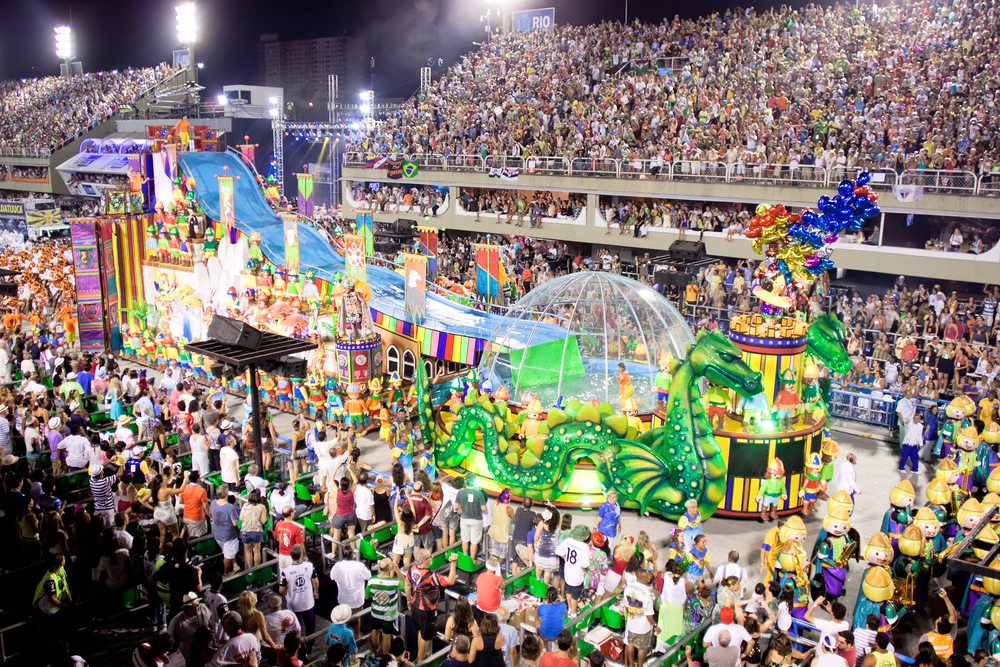
The Rio Carnival is the world’s largest, known for its samba parades, elaborate costumes, and exuberant celebrations. This festival epitomizes Brazilian cultural identity and passion for music and dance, showcasing the nation’s diverse ethnic heritage and the unifying power of festivity.
This article originally appeared on UnifyCosmos.
More from UnifyCosmos
21 Overhyped Books of the 21st Century
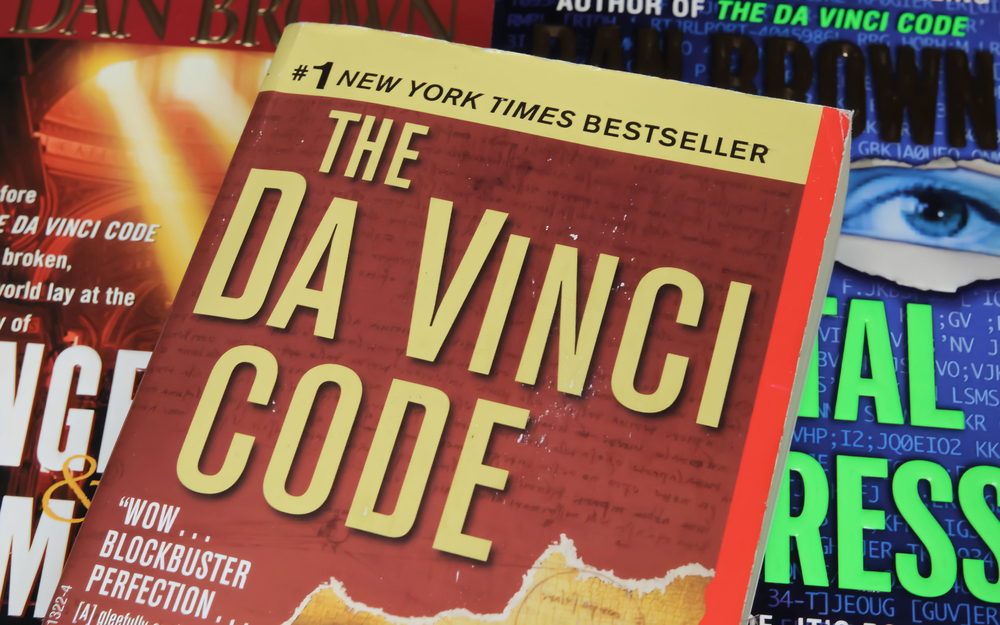
In the world of literature, certain books achieve widespread acclaim but may not always live up to the hype. In this article, we’ll explore the 21 most overrated books of the 21st century, analyzing why they may have fallen short of expectations. Read More
21 Chic Hat and Fascinator Ideas for Wedding Attire

Elevate your wedding guest look with our guide to 22 exquisite hat and fascinator ideas, catering to various styles and themes. Find the perfect accessory to complement your outfit, whether you prefer elegance or bold drama. Read More
21 Secrets About Reality TV Shows Revealed

Welcome to an eye-opening journey into the captivating yet often controversial world of reality TV shows. From scripted scenes to manipulated storylines and hidden contractual clauses, this article reveals 21 shocking facts that shed light on the behind-the-scenes secrets of your favorite reality programs. Read More
Leave a Reply